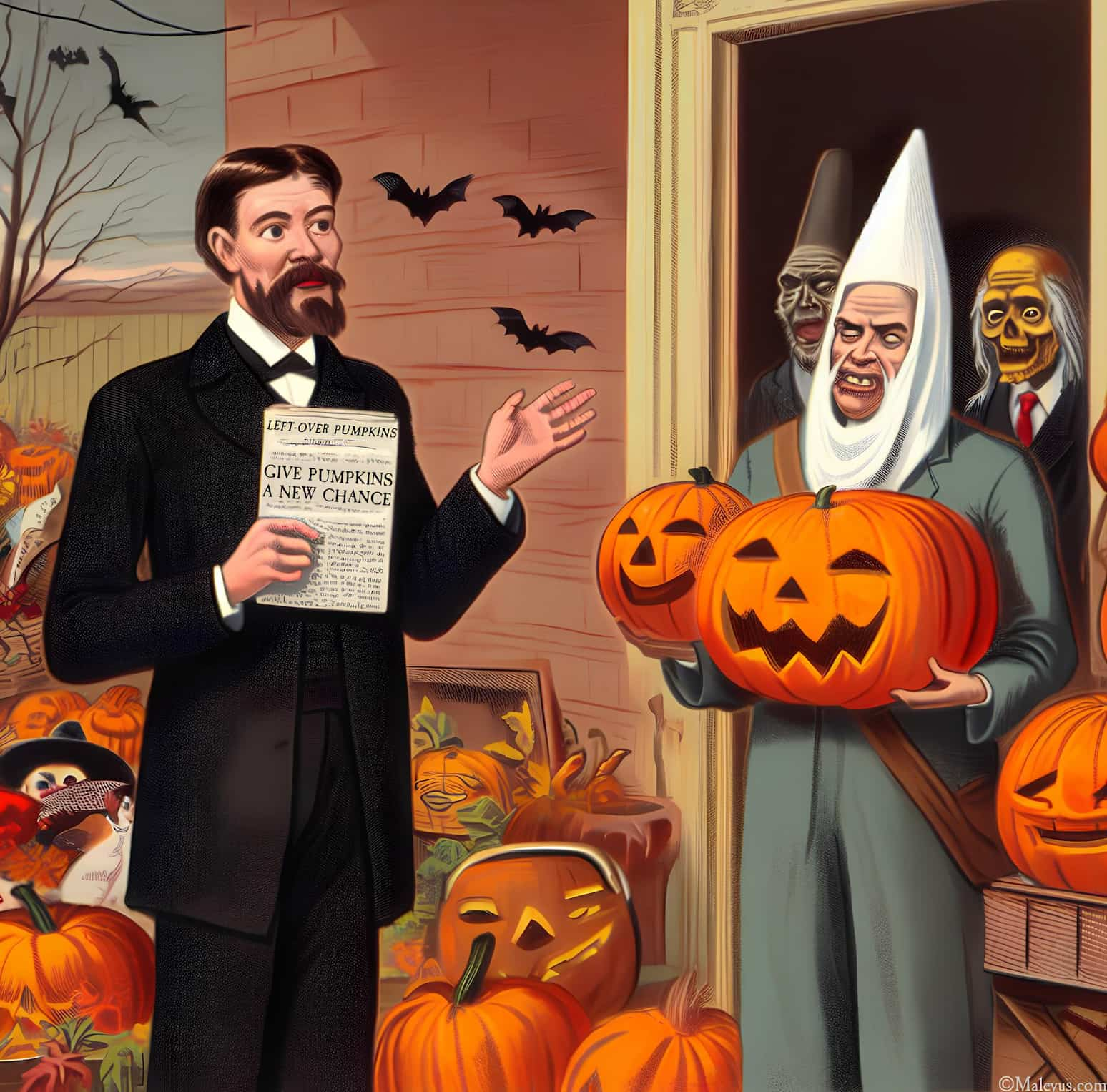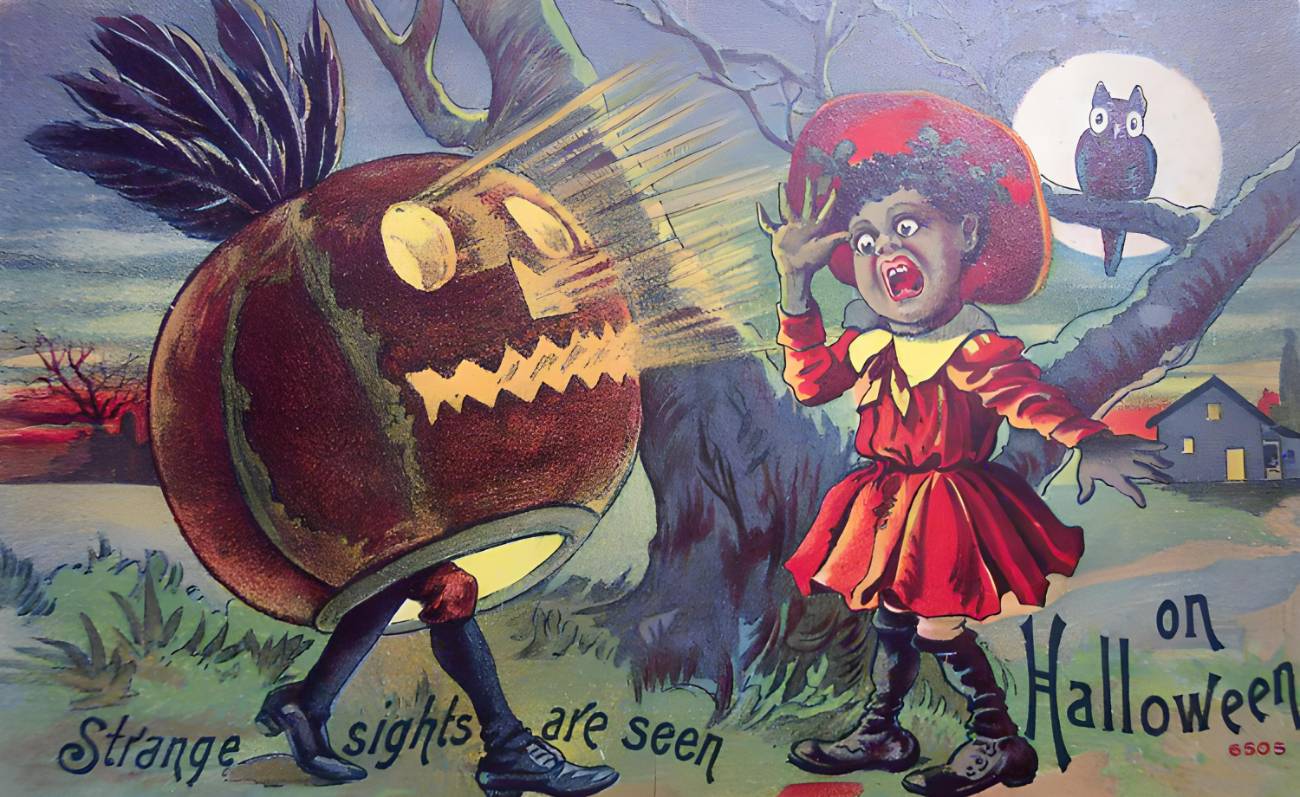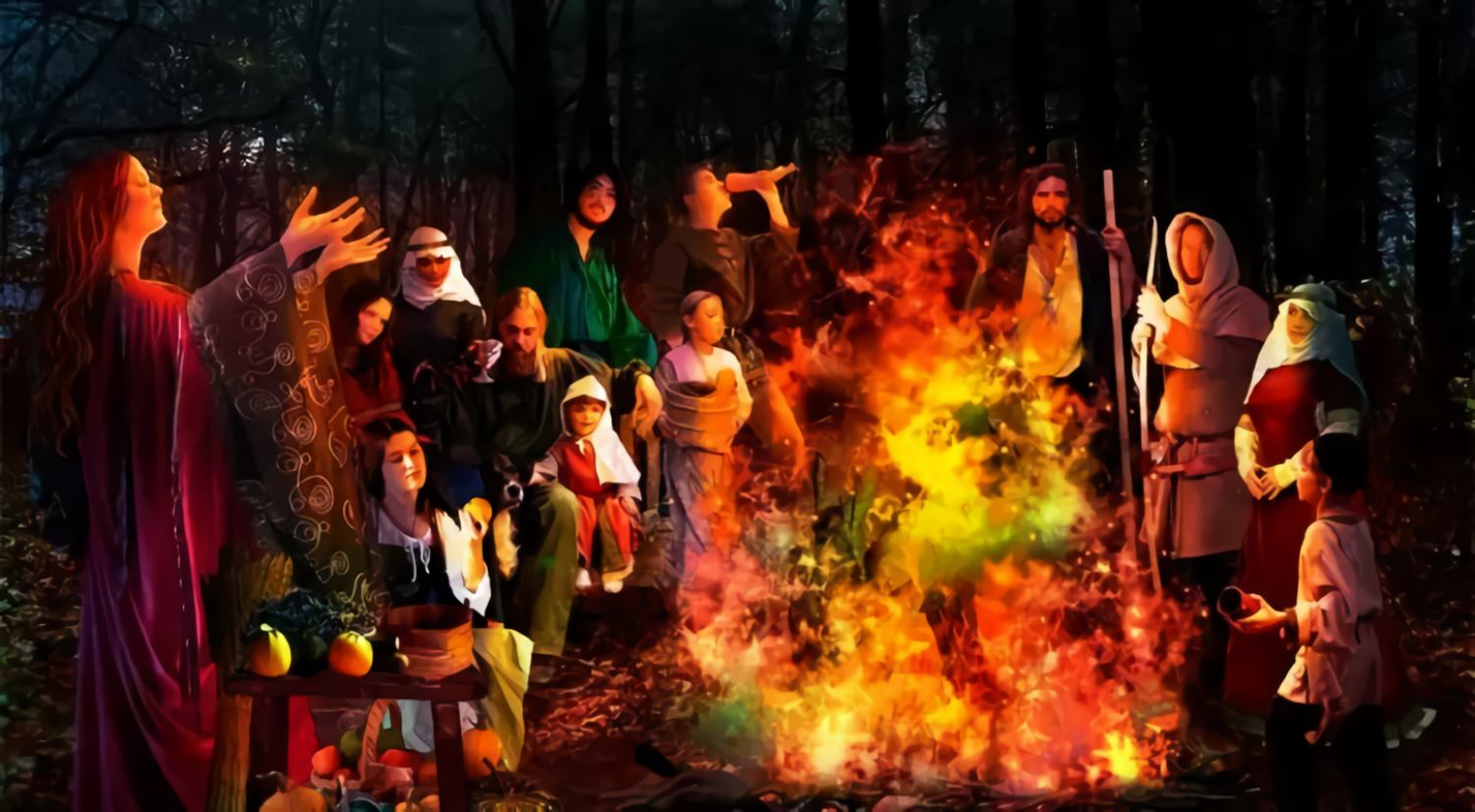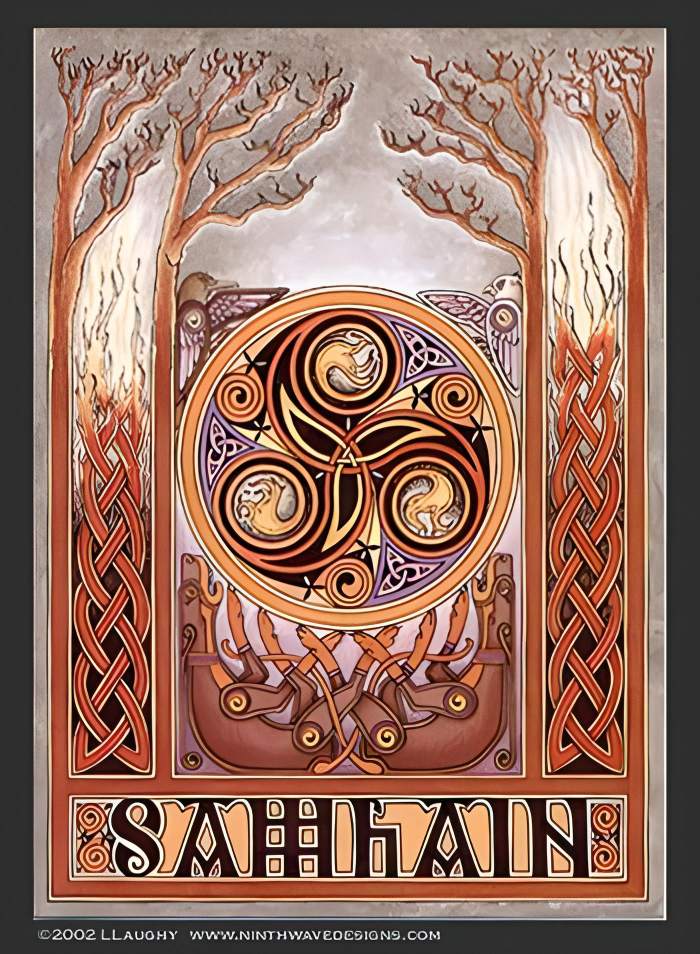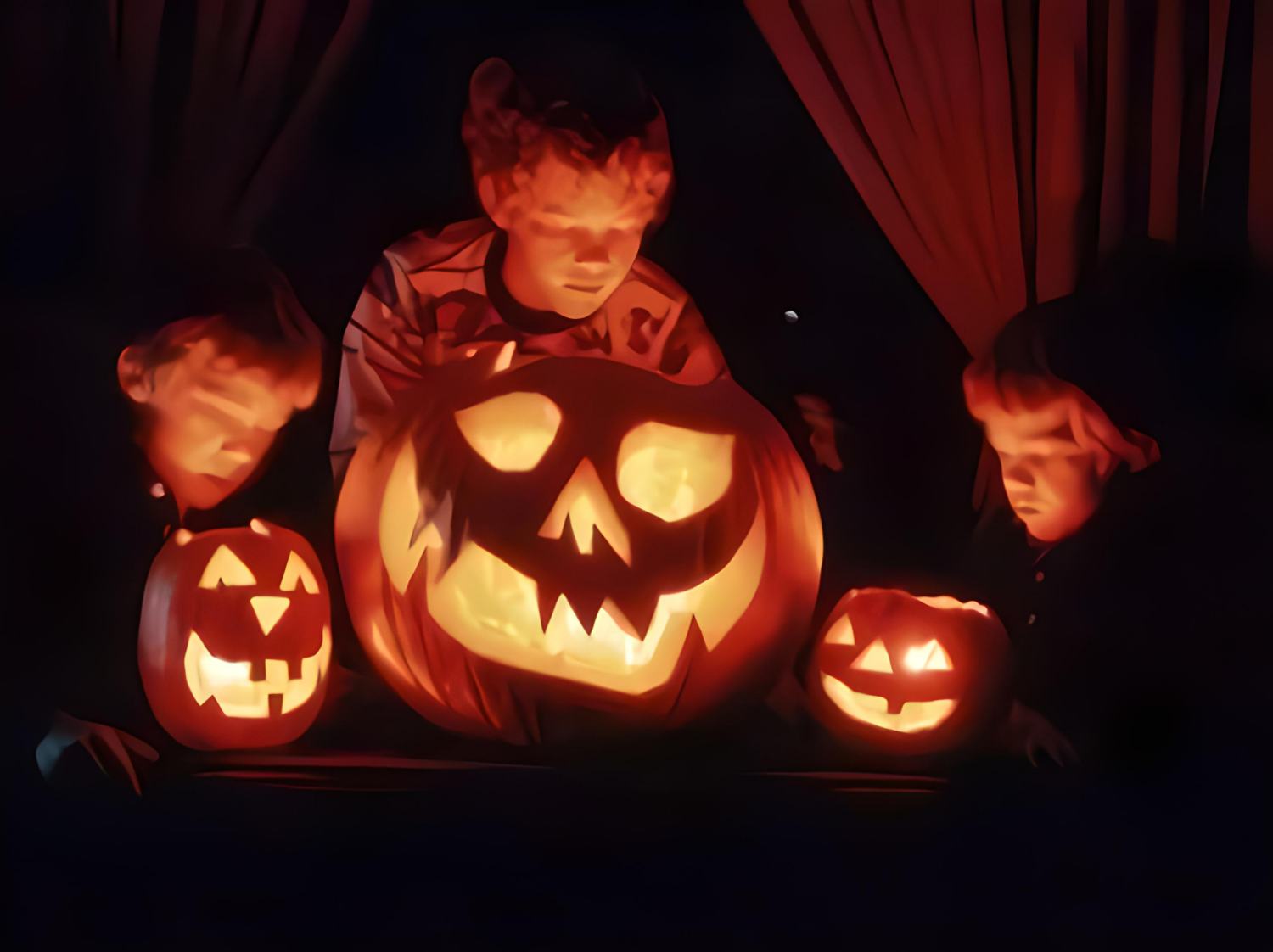The Halloween pumpkin originated when European immigrants to the United States discovered that the pumpkins native to their new country were much simpler to carve than turnips. As part of Halloween, around 150 million Americans intend to carve a pumpkin every year. Every year, pumpkins weighing almost two billion pounds will be wasted throughout the globe. This custom plays a significant role in the celebrations.
It’s unfortunate, however, that so many of the pumpkins that are carved for Halloween wind up in landfills. As a result, making the most of this multipurpose fruit by coming up with novel and environmentally friendly uses after Halloween is essential. If you are wondering what to do with pumpkins after Halloween, below are 30 different ways to repurpose pumpkins once the festival ends.
1. Composting Pumpkins
Pumpkins are rich in nitrogen, vital for fertile soil. Adding chopped pumpkins to compost enriches the soil for future plantings, supporting eco-friendly practices.
- Take out all of the wax and candles from the pumpkin.
- Composting goes more quickly in the sun.
- Crush the pumpkin a little and set it down.
- Put leaves on top of it to hide it.
- The pumpkin will be composted by the worms.
The United Nations estimates that food waste accounts for 8 percent of all man-made greenhouse gas emissions. Composting pumpkins reduces food waste, combating climate change.
2. Feeding Wildlife
After Halloween, pumpkins can serve as nourishment for local wildlife due to their high nutrient content. Animals like squirrels, raccoons, deer, and birds are attracted to both the flesh and seeds.
Avoid giving animals old or painted pumpkins, as they can be toxic. You can create a pumpkin feeder by cutting it in half, removing the pulp, and reattaching the halves. Fill it with birdseed or pumpkin seeds for birds and small animals to enjoy. You can hang it on a tree.
3. Pumpkin Stock
Pumpkin stock is made by boiling cubes of pumpkin with aromatics like onion, celery, and garlic for 10 to 45 minutes. Remove the solids by straining. The stock may be used to provide a sweet and savory taste to soups, stews, and sauces. It’s a green solution for spicing up autumn dishes using leftover pumpkins.
4. Donate Pumpkins
Give the left-over pumpkins to charities that will put them to good use (as both food and compost) like Pumpkins for the People. For animal feed purposes, Pumpkins for Pigs will accept uncut pumpkins. Donations benefit both local farmers and shelters, while also reducing food waste.
5. Pumpkin Puree
Roast pumpkins that have been cut in half and cleaned of their seeds to make pumpkin puree. Blend the flesh until smooth for versatile cooking. You may use it to give a sweet, savory taste to dishes like bread, pie, or soup. Pumpkin puree is a nutritious complement to many foods since it not only improves the flavor but also adds health benefits.
6. Feed Farm Animals
Leftover pumpkins can be responsibly disposed of by feeding them to farm animals. You can offer them a healthy treat by dicing up a pumpkin and feeding it to them. Pumpkins are a source of vitamins and minerals, and many farm animals like eating them.
7. Use Them as Planters
Utilize pumpkins as planters for fall decor by cutting off the top, removing the insides, and filling them with soil and plants. Choose suitable plants like annuals, herbs, or succulents. Water and place in a sunny spot indoors or outdoors. Smaller pumpkins work for succulents or table centerpieces. Once faded, plant the pumpkin in the ground for natural fertilizer.
8. Pumpkin Candle Holder
To use a pumpkin as a candle holder, cut off the top, scoop out the pulp, and then carve a hole in the center. Make it more fun by decorating it with paint or glitter. You may skip the carving and just use a small pumpkin as a candle holder.
9. Pumpkin Catapult Contest
To make a pumpkin catapult, cut a pumpkin in half and remove the seeds. Use the pumpkin as the base and build the catapult using wood, PVC pipe, or similar materials. Test it with small pumpkins or objects. Various designs exist, some using wood and rubber bands, others using PVC pipe and bungee cords. Find instructions online or create your own. It’s a fun way to learn about physics and engineering.
10. Pumpkin Bowling Game
Fill plastic bottles with water and set them up in a triangle. Use a pumpkin with a hole cut out of it for the bowling ball. Add some holiday cheer by decorating the space. Perfect for autumn get-togethers and Halloween bashes.
11. Pumpkin Tic-Tac-Toe Game
Release your inner pumpkin with this seasonal take on tic-tac-toe. By simply painting a grid on a pumpkin, you can turn it into a fun game board. Use small pumpkins and gourds as game pieces by drawing Xs and Os on their surfaces. This lovely holiday pursuit can keep kids entertained for hours while also stimulating their minds.
12. Pumpkin Ring Toss Game
Make a pumpkin ring throw game using glow necklaces or by painting a pumpkin with rings. Toss plastic or handmade rings around it and use it as a target. Add some sparkle and color with glitter and other accessories to make decorating a blast.
13. Pumpkin Masks
Luxuriate your taste buds with a mixture of pumpkin puree, honey, and milk. The mask should be applied to freshly cleansed skin and left on for 20 minutes. With warm water, gently remove the mask to reveal a refreshed appearance.
Packed with vitamins A and C, pumpkin promotes collagen production, while honey moisturizes and soothes. Meanwhile, the lactic acid in milk offers gentle exfoliation and brightens the skin, leaving you with a radiant and healthy glow.
14. Pumpkin Dog Treats
Pumpkin puree, flour, eggs, and peanut butter are all dog-safe items you may use to make pumpkin dog treats. Simply mix, lay out, cut into shapes, and bake till golden brown for a delicious and nutritious treat. Peanut butter provides healthy fats and protein, while pumpkin serves as a dietary fiber that aids with digestion. Aromatic spices like cinnamon are often used in cooking.
14. Pumpkin Cat Treats
Mix pumpkin puree, oat flour, and canned tuna or salmon to make pumpkin cat treats. Form into balls and freeze until hard. Pumpkin’s fiber and minerals promote healthy bowel function and coat. Cats benefit from the protein and omega-3 fatty acids found in tuna and salmon. Homemade treats ensure safe and wholesome snacking for your feline friend.
15. Carve a Jack-o’-Lantern
To start, select a firm pumpkin with a flat base to prevent rolling. Cut off the top and remove the insides. Draw your design and carve it using a serrated knife, working from the center outwards. Tidy up rough edges and insert a tealight or battery-operated candle. Jack-o’-lanterns can enhance your Halloween decor; get creative with faces, scenes, or intricate designs using stencils or templates.
16. Pumpkin as a Canvas
Choose a flat, smooth pumpkin as a starting point. Wipe it down with a moist cloth to eliminate any grime or dust. This activity works well with acrylic paints or markers. Make a rough sketch of your pumpkin carving idea on paper. You may make elaborate or basic patterns using brushes, markers, stencils, or even tape. Try drawing portraits, animals, landscapes, or abstract patterns with a wide range of colors and textures. Have fun being creative and trying out new methods to make your pumpkin seem more impressive.
17. Pumpkin Wreath
Use pumpkins, a wreath form, wire, scissors, ribbon, and a glue gun to make a festive autumn decoration. After cutting and cleaning the pumpkins, you may begin wiring them onto the wreath shape so that they completely cover it. Add a ribbon or any other embellishment to make it more attractive. Try with different shapes, sizes, and colors of pumpkins, and maybe even some extras like leaves and flowers. Wire and foam wreaths, for example, can be decorated in several different ways.
18. A Pumpkin Birdhouse
To get started, get a pumpkin that’s big enough. Make sure it fits the birdhouse kit by cleaning it and cutting a hole in it using a pumpkin carving tool. The pumpkin birdhouse should next be strung up using wire or rope in a tree or other appropriate location. Before connecting the birdhouse kit to the pumpkin, you have the option of painting or decorating the pumpkin.
19. Pumpkin Spice Sachet
You can fill your house with the comforting scent of autumn by making pumpkin spice sachets. Spices for pumpkin pie, such as cinnamon, nutmeg, ginger, and allspice, can be stored in sachets or little muslin bags. For an added touch, try adding dried orange peel, cloves, or vanilla beans. Place the bag, sealed with a ribbon or twine, in drawers, closets, or other tight locations to give off a warm autumnal aroma. These sachets provide a cozy atmosphere.
20. Pumpkin Spice Room Diffuser
With a handmade pumpkin spice room diffuser, you can easily create a warm and inviting autumn atmosphere in your own home. Combine pumpkin pie spice, water, vodka or rubbing alcohol, and essential oils (such as cinnamon, clove, nutmeg, ginger, and/or vanilla) in a bowl. Put the mixture in a glass jar and add some reed diffuser sticks. Let the sticks absorb the liquid, turning them over now and again to reawaken the aroma.
21. Pumpkin Butter
To make pumpkin butter, combine pumpkin puree with sugar, cinnamon, ginger, and cloves in a saucepan. Cook and stir until thickened. Let it cool, transfer it to a jar, and refrigerate. This flavorful spread is a delightful addition to toast, oatmeal, and pancakes. It also works well as a filling for crepes, in French toast custard, or blended into vanilla milkshakes and smoothies, enhancing fall treats with its sweet and spicy taste.
22. Pumpkin Hummus
To prepare pumpkin hummus, blend pumpkin puree with chickpeas, tahini, garlic, cinnamon, ginger, and cloves until creamy. Adjust seasoning and consistency with water. This sweet and spicy dip pairs well with crackers, veggies, or toast. Various recipes, including options with apple cider vinegar or maple syrup, are available online.
23. Pumpkin Chili
Create pumpkin chili by sautéing onion, garlic, and ground beef or turkey until browned. Add pumpkin puree, kidney beans, black beans, diced tomatoes, chili powder, cumin, smoked paprika, salt, and pepper. Simmer for 30-45 minutes, stirring occasionally. Pumpkin enhances flavor and adds nutrients like vitamin A and potassium. Top with cheese, sour cream, or green onions before serving.
24. Pumpkin Mac & Cheese
Prepare pumpkin mac & cheese by cooking pasta and mixing it with a blend of melted butter, pumpkin puree, evaporated milk, mustard, nutmeg, salt, and pepper in a saucepan. Add grated cheddar cheese and mix well. Pumpkin not only enriches the dish with vitamins and minerals like vitamin A, vitamin C, and potassium but also lends a delightful sweet-savory flavor.
25. Pumpkin Risotto
With some onion and garlic, arborio rice, white wine, and chicken or veggie stock, you can make a delicious pumpkin risotto. Mix in canned pumpkin, Parmigiano Reggiano, nutmeg, salt, and pepper. This dish combines the warmth of fall with the nutritional benefits of pumpkin.
26. Pumpkin Pancakes
Make pumpkin pancakes by mixing milk, pumpkin puree, eggs, oil, and vinegar. In another bowl, combine flour, baking powder, baking soda, cinnamon, nutmeg, and salt. Blend the dry ingredients into the wet. Cook 1/4 cup batter per pancake on a heated skillet until bubbles form, then flip. Pumpkin adds flavor and nutrition, with vitamins A and C and potassium.
27. Pumpkin Smoothies
Create a pumpkin smoothie by blending canned pumpkin, yogurt, milk, honey, frozen bananas, and spices. Pumpkins contribute vitamins and a sweet-savory taste. Adjust the recipe with different spices, milk types, or sweeteners. There are numerous pumpkin smoothie variations, some incorporating fruits for sweetness and proteins for added nutrition.
28. Pumpkin Soap
Making pumpkin soap is a fun and resourceful way to recycle Halloween pumpkins. Essential oils (such as cinnamon, clove, or nutmeg), spices (like pumpkin pie spice or cinnamon), and an optional soap colorant are all you need to make pumpkin soap. Combine the melted soap base with the pumpkin puree, spices, and essential oils. Let the mixture cool and firm in the molds. In certain preparations, goat milk or honey is added for nutritional value, and various essential oils or spices are used to provide distinctive aromas.
29. Pumpkin Potpourri
Transform leftover pumpkins into fragrant pumpkin potpourri by combining dried pumpkin pieces or pumpkin spice potpourri with cinnamon sticks, whole cloves, nutmeg, and orange peel in a bowl. For an enhanced aroma, add a few drops of essential oils such as cinnamon, clove, or orange. Mix the ingredients thoroughly and transfer the potpourri to a decorative jar or bowl. Place the jar or bowl in a room to enjoy the delightful fall scent. You can experiment with different dried fruits.
30. Pumpkin Spice Lip Balm
Craft your own nourishing pumpkin spice lip balm by melting 1 tbsp of pumpkin seed oil or coconut oil with 1/2 tbsp of beeswax. Add 1/2 tsp of pumpkin pie spice for fragrance. Optionally, include 1-2 tsp of honey and essential oils for extra benefits. Pour the mixture into lip balm containers and let it solidify. Pumpkin seed oil, high in zinc and carotenoids, helps repair and nourish the skin. Experiment with additional ingredients like pumpkin puree or different oils.
